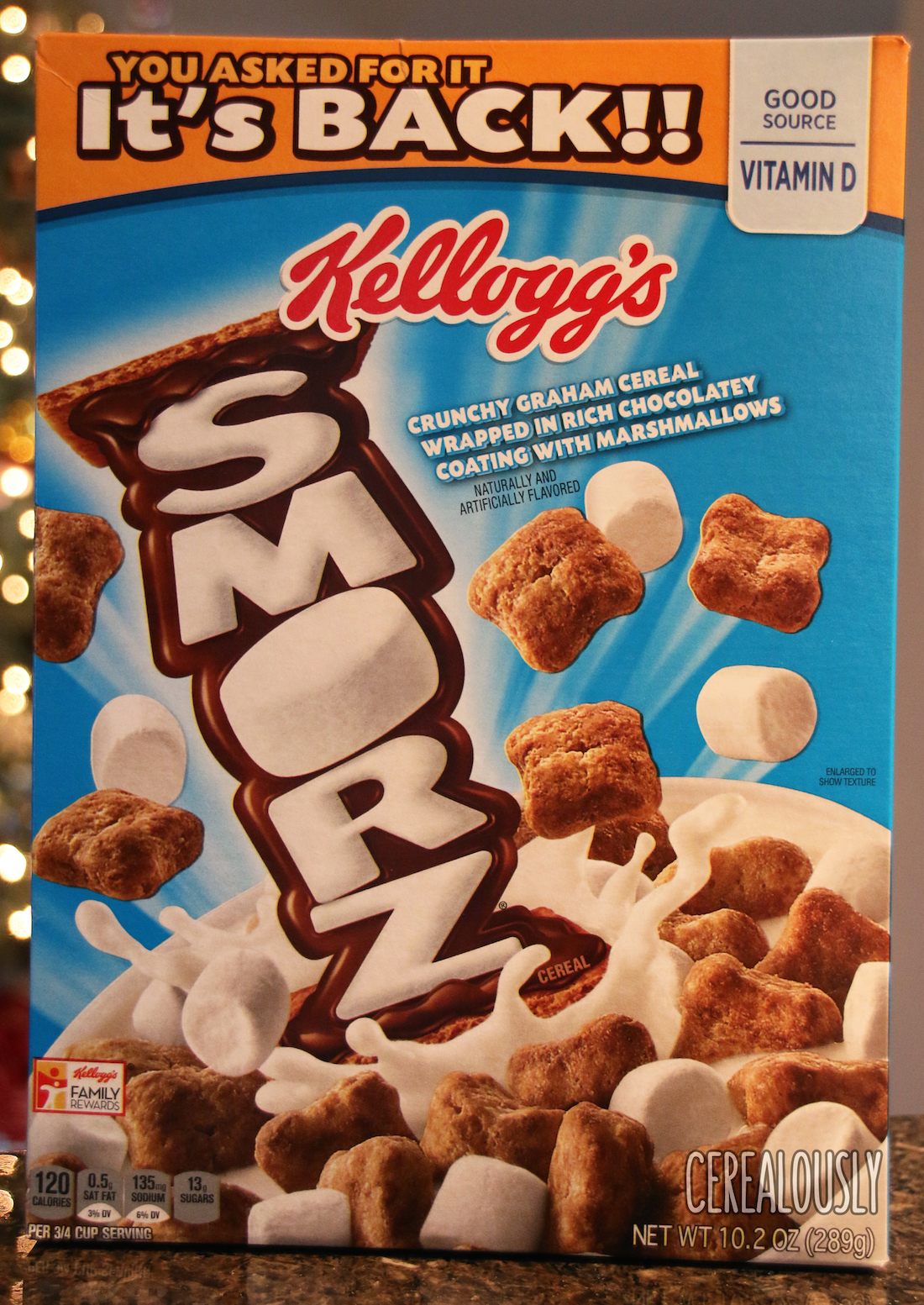
- #Smorz where did you go how to
- #Smorz where did you go password
- #Smorz where did you go download
- #Smorz where did you go mac
OS X’s Calendar app ( iCal in earlier versions of OS X) is another unique app that requires some special steps to change its icon. In some cases, however, you may have to reboot in order to see the change.
#Smorz where did you go password
As we’re modifying a system file here, you’ll need to enter an administrator’s password to complete the operation.Īs before, use the killall Dock command in Terminal to reload the Dock and see the new Finder icon. Once you’re all set, copy the new icons into the Resources folder, choosing to overwrite the existing files when prompted. Unlike standard app icons, you can’t undo or delete the new Finder icon without replacing these files again.

Be sure to make a backup copy of these two files in case you wish to revert your Finder icon back to the default in the future. Here you’ll find the default finder.png and files. From here, navigate to Dock.app/Contents/Resources. This will take you inside the Dock’s package file structure. Here, find the file called Dock.app, right-click, and choose Show Package Contents. Navigate to Macintosh HD/System/Library/CoreServices. We need to place these files in a specific location within OS X’s Dock support files.
#Smorz where did you go download
Most custom Finder icons you download will include two PNG files: finder.png and The Finder is one of the “special” apps mentioned earlier, and it requires a different approach for changing its icon.
#Smorz where did you go how to
Now, what about those special apps we mentioned earlier? We’ll show you how to change the icons for Finder, Calendar, and Trash on the next page. Repeat this process for each app icon you wish to modify and you’ll soon have a slick custom Dock. To get your new icon to show up on the Dock, either quit and relaunch the app or head to Terminal and enter the following, case-sensitive command: Once you’ve made your changes, the new icon will be displayed in Finder or via Desktop shortcuts. If you don’t like the way that the new icon looks, you can press Command-Z to undo the change, or highlight the small preview icon at the top of the window and press Delete to revert to the default icon. You’ll see both icon previews change to display the new icon, and you can close the Get Info window if you’re satisfied with the new look. Now press Command -V to paste the image you copied earlier. You’ll see the icon preview outlined in blue once you’ve correctly selected it. Here, click on the small application icon preview at the top of the window, to the left of the application name (not the larger icon preview at the bottom of the window). Alternatively, you can right-click on the application and select “Get Info.” Press Command -I to open the Get Info window. Quit the app if it’s running and then highlight it in Finder. If you want to change the icon of a system utility like Activity Monitor or Terminal, you’ll find these apps in the Utilities subfolder of the Applications folder. In our iTunes example, the iTunes.app file is found in the top level Applications folder. For almost all applications, you’ll find the correct file in your Applications folder, located at Macintosh HD/Applications. Next, find the original location of your app (not it’s Dock or Desktop shortcut). With the image open and Preview the active application, press Command -C to copy the entire image. Great places to find replacement icons that are properly formatted include deviantART and the MacRumors forums.ĭownload the image you’d like to use as your new icon and open it in Preview. You can use practically any JPEG or PNG image file as an icon, but you’ll see the best results with uniformly sized PNGs with transparency. In our example, we’ll change the icon for iTunes in our OS X Mavericks installation to the Yosemite iTunes icon teased by Apple during WWDC. For most apps, though, the process is fairly straightforward.įirst, identify the app you want to modify and find a suitable replacement icon.

OS X includes a number of “special” applications (e.g., Calendar, Finder, Trash) that need some specific attention when it comes to changing their icons, and we’ll discuss those more below. Here’s an overview on how to use custom icons in OS X.

#Smorz where did you go mac
Mac users love to customize the look and feel of OS X, and one of the easiest ways to do it is by using custom icons for your apps and utilities.Īpps like CandyBar have long offered a quick solution to managing your Mac’s application icons, but it’s just as simple to change most icons yourself. Use a Mac long enough and you’ll eventually stumble upon forums like the “ Post Your Desktop” threads at sites like MacRumors. The Complete Guide to Using Custom Icons in OS X


 0 kommentar(er)
0 kommentar(er)
